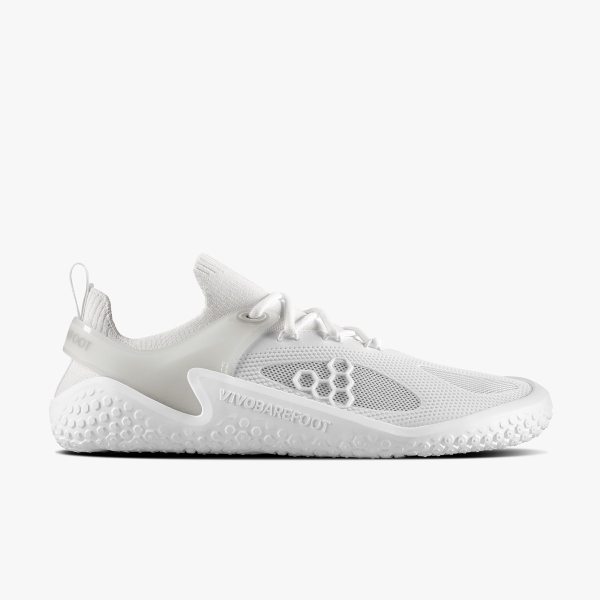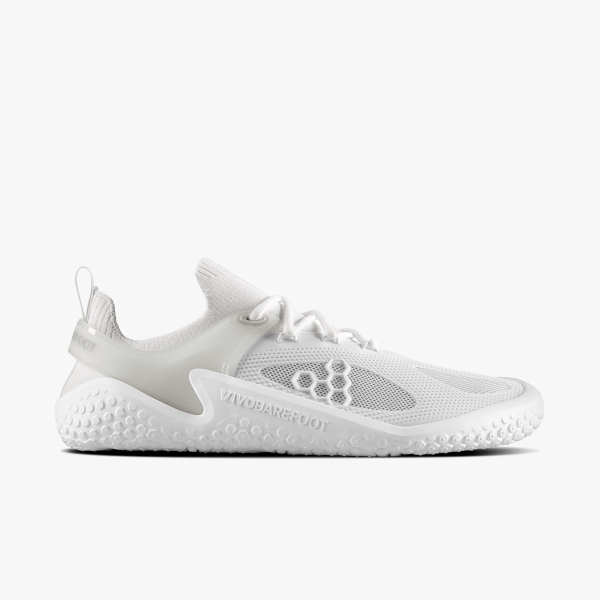When lifting heavy weights, the right footwear can make all the difference to your performance and safety.
Traditional weightlifting shoes offer stability and support. But there's a rising trend towards barefoot shoes for weightlifting and powerlifting – for good reason. This blog explores why serious lifters increasingly see barefoot weightlifting shoes as the best footwear for performance, strength, and safety.
What are barefoot weightlifting shoes?
Traditional weightlifting and powerlifting shoes prioritise stability. But they often have elevated heels and rigid soles. This lack of ground feel and flexibility can impact your technique, performance, and resilience.
Barefoot shoes, on the other hand (also known as minimalist shoes), are wide, thin, and flexible, usually with zero-drop soles. This mimics the natural shape and movement of your foot, lets your feet move naturally, and increases your underfoot sensitivity.
Why are barefoot shoes the best choice for weightlifting?
Let's break down the key features and how they enhance your lifting experience.
- Stability and balance. Barefoot shoes provide a wide support base, allowing you to feel more grounded and stable during lifts. The thin sole promotes proprioception – your body's awareness of its position in space – which helps you maintain proper form and balance throughout your lifts.
- Natural foot movement. Traditional weightlifting shoes can restrict the natural movement of your feet, leading to imbalances and compensations. Barefoot shoes allow your feet to move and flex as they have evolved to, promoting a more natural and efficient lifting technique.
- Increased sensory feedback. Barefoot weightlifting footwear connects you with the ground. Thin soles enhance sensory feedback in your feet, sending more information to your brain and improving your movement skill. Underfoot awareness helps you make real-time adjustments to your technique to improve performance and prevent injury.
- Improved ankle mobility. Many lifters struggle with ankle mobility, which can impact their ability to squat, deadlift, and perform other compound lifts. Barefoot shoes promote ankle dorsiflexion – the ability to bring your toes towards your shin – improving overall mobility and range of motion. VivoHealth’s Twelve-Week Foot and Ankle Program is excellent for building strong, mobile ankles.


Tips for barefoot weightlifting
Now you understand the benefits of barefoot shoes for weightlifting, how can you best utilise them in your training? Here are some tips.
- Start Slow. If you're new to barefoot lifting, ease in gradually to allow your feet and ankles time to adapt to the new sensations. Begin with lighter weights and focus on perfecting your form before increasing the load.
- Focus on technique. Pay particularly close attention to your lifting technique when transitioning to barefoot. Use the increased sensory feedback to fine-tune your form and make adjustments as needed. Use a mirror, or film yourself, to get a visual picture too.
- Listen to your body. As with any training change, listen to your body and be mindful of any discomfort or pain. If you experience any issues, dial back the intensity or consult a professional for guidance.






